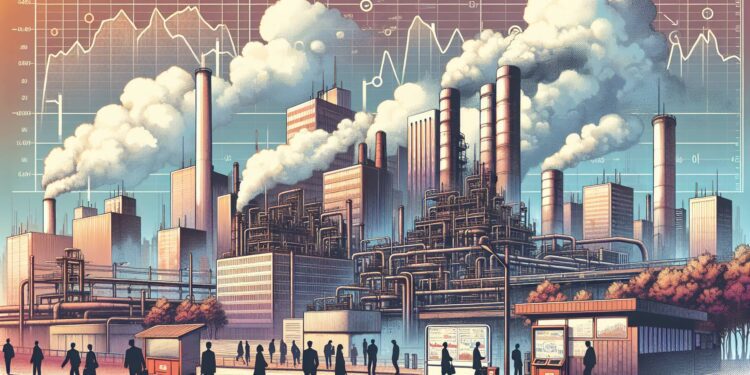The jobs report for July has created significant ripples in the economic landscape, raising concerns that the Federal Reserve’s battle against inflation may be negatively impacting the labor market. There has been a notable decrease in job openings and hiring, pointing to a tightening labor force. Nevertheless, Noah Yosif, the chief economist of the American Staffing Association, provides a more nuanced viewpoint.
“The immediate reaction in the markets to the July figures was quite emotional, but upon reflection and examining the broader context, they adjusted their stance,” Yosif explains. “Although the figures for July were disappointing, the overall labor market remains robust.” He emphasizes that even with a rising unemployment rate, it is still at a generally healthy level. Additionally, Yosif highlights that increased borrowing costs are leading to a boost in worker productivity, and wages are increasing at a pace that exceeds inflation.
According to him, the staffing sector is experiencing diminished declines each month, indicating that the labor market might stabilize and recover when interest rates begin to ease. While job transitions have slowed down, industries like healthcare and government services are seeing significant, yet healthy, labor churn. Yosif wraps up with an encouraging perspective on the labor market, hinting at potential recoveries once the monetary policy landscape improves.
Economic worries arise from July’s employment figures
A novel economic indicator created by economists Pascal Michaillat and Emmanuel Saez estimates a 40% likelihood that the US economy may already be in a recession, potentially beginning as early as March. This new metric builds upon the Sahm rule by integrating job vacancy statistics with unemployment figures.
The original Sahm rule posits that the US is considered to be in a recession if the gap between the three-month moving average unemployment rate and the lowest point in the past 12 months is at least 0.5 percentage points. July’s disappointing jobs report has activated this rule, revealing a 4.3% unemployment rate. The new measure put forth by Michaillat and Saez maintains the same foundation as the Sahm rule regarding unemployment while including the variance between the vacancy rate’s three-month moving average and its highest level over the last year.
A 0.3 percentage point difference suggests a potential recession, while a difference of 0.8 points confirms it. With July’s statistics, the new measure calculated a difference of 0.5 percentage points, indicating a 40% probability of a recession that might have started in March. Michaillat and Saez assert that their indicator has accurately identified recessions all the way back to 1930, whereas the traditional Sahm rule’s reliability is confined to the period from 1960 onwards.
Claudia Sahm, the economist responsible for the original Sahm rule, recognized the unprecedented obstacles presented by the pandemic-driven economic cycle and their effects on economic modeling. She expressed optimism for the advancement of refined methodologies, stating, “I am genuinely excited to see someone take this and make it even better.”
This new recession indicator could prove to be a significant asset for economists and investors alike, equipping them with deeper insights for navigating potential economic downturns.


